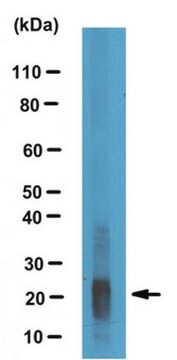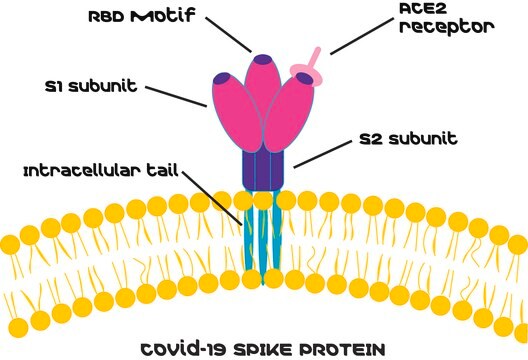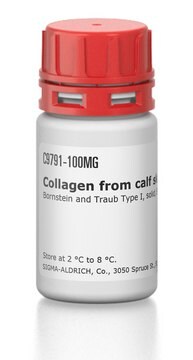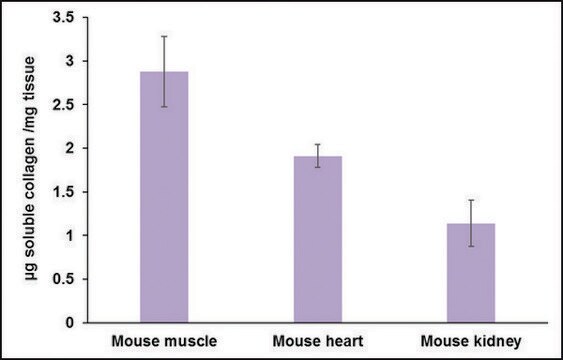SAE0117
Amelogenin, human
X isoform, recombinant, expressed in E. coli
Synonym(s):
AIH1, AMELX, AMG, AMGX, Amel
About This Item
Recommended Products
biological source
human
recombinant
expressed in E. coli
Assay
≥90% (HPLC)
form
solid
impurities
≤1 EU/μg
shipped in
wet ice
storage temp.
−20°C
Gene Information
human ... AMELX(265)
General description
Amelogenin, X isoform belongs to the family of closely related amelogenin proteins that participate in the amelogenesis process of teeth mineralization. Amelogenins account for more than 90% of the total protein in developing tooth enamel.
Biochem/physiol Actions
Preparation Note
Other Notes
Storage Class Code
11 - Combustible Solids
WGK
WGK 3
Flash Point(F)
Not applicable
Flash Point(C)
Not applicable
Regulatory Listings
Regulatory Listings are mainly provided for chemical products. Only limited information can be provided here for non-chemical products. No entry means none of the components are listed. It is the user’s obligation to ensure the safe and legal use of the product.
JAN Code
SAE0117-BULK:
SAE0117-0.5MG-PW:
SAE0117-0.5MG:
SAE0117-VAR:
Choose from one of the most recent versions:
Certificates of Analysis (COA)
Don't see the Right Version?
If you require a particular version, you can look up a specific certificate by the Lot or Batch number.
Already Own This Product?
Find documentation for the products that you have recently purchased in the Document Library.
Our team of scientists has experience in all areas of research including Life Science, Material Science, Chemical Synthesis, Chromatography, Analytical and many others.
Contact Technical Service






